ICAP Framework Blended Learning = ICAP混合式学习
Interactive - The technology-enabled learning experience format allows a dynamic interaction between me as an instructor and my learner and among the learners themselves. Resources and ideas are shared under google classroom (LMS), and continuous synergy will be generated through the synchronous online learning and forums discussion process. Each individual can contribute to the course discussions and comment on the work of others.
Interactive learning is a hands-on way of transferring knowledge rather than passively listening to a lecture or reading assigned material. The learner might perceive passive learning as boring because their opportunity for involvement is minimal. This type of education also has limited options for assessing learner comprehension. On the other hand, interactivity captures learners’ attention, involves them in discussions, and stimulates critical thinking. Adult educators generally alternate active and passive methods of teaching. As the pandemic is forcing us to rely on online education, many teachers feel it is essential to simulate the familiar school atmosphere as much as possible.
Interactive video is the term typically used in the literature to refer to a computer-based video that allows the learner to interact with the media (i.e., stopping to read overlaid text, or replaying segments). Rather than passively viewing an instructional video on television or in class with an instructor playing clips, interactivity indicates the learner's ability to control the video and monitor his/her learning
Examples of Interactive learning
Social networking websites such as Facebook, Twitter, and Instagram are examples of interactive media. These sites use graphics and text to allow users to share photos and information about themselves, chat, and play games.
Video games are another type of interactive media. Players use controllers to respond to visual and sound cues on the screen that are generated by a computer program.
If you have a mobile device like a smartphone, you use apps. These forms of interactive media can help you figure out the weather, direct you to the desired location, choose and respond to news and cases in which you are interested, and allow you to decide.
Augmented reality, mobile learning, and virtual reality (VR) are other interactive media forms. VR gives users a completely immersive experience, allowing them to delve into a world that is an almost carbon copy of reality. The only difference is that this world is digital.
Constructive -
The Constructive characteristic describes learner-centered instruction that allows learners to use technology tools to connect new information to their prior knowledge. This characteristic of the study concerns the flexible use of technology to build knowledge in the modality most effective for each learner.
Constructivists believe that learners construct their meaning through active engagement and by creating their representation of what they know. Learners learn from thinking and doing, and thinking results from an activity (Jonassen, Peck, & Wilson, 1999). In the constructivist classroom, learners interact with the environment and create their interpretation of the world instead of being mere recipients of information transmitted by the instructor (Jonassen, 2000). The instructor motivates learners by proposing a topic or presenting a case emphasizing the big concept. The purpose is to trigger learners’ curiosity to investigate and learn more about the subject.
Technology-enabled Learning Experience is not an isolated learning method where learners merely engage with their screens. Instead, it is a multidimensional platform that provides learners with many tools to build on what they know and want to know. We can explore how constructivism can be applied to the online classroom. E.g., Case-based Learning, Discovery, and experimentation out ‘in the case or problem’ is another constructivist technique of teaching that can allow for active and guided discovery, enhancing retention and uptake of new ideas and facts. There are several ways that facilitators can use online tools to improve case-based learning. For example, they can introduce a project to the learner through an asynchronous approach on google classroom and set a deadline for the learner to research and provide a solution to present on a target date. While on the Synchronous path, the Facilitator could also inject a case-based scenario to break the learner into small groups to analyse and present solutions via google meet or Zoom.
Active - Technology-enabled active learning (TEAL) is a teaching format that merges lectures, simulations, and hands-on desktop experiments to create a rich collaborative learning experience; Active learning is a process that promotes learner-centered learning during the teaching process, encouraging high levels of engagement to help the learner understand and process new content. Through relevant activities and discussions, this method stimulates and reinforces our understanding of new content by participating in the lesson process. Our ability to draw connections between the content and the world increases; over time, we can view topics as entire entities rather than individual chapters of a subject. Some active learning examples include Practical-based online learning, scenario-based, gamification, and group problem-solving activities.
Passive – The traditional learning approaches like seminars, lectures, textbooks, presentations, online lectures, and courses where communication is mostly one-way can be considered to be examples of passive learning. Passive learning requires learners to absorb, assimilate, think, and translate information. Technology-enabled can convey information that is then followed up with active learning. We can apply e-learning video to set the scene under google classroom, give information, and helps to guide our learners. Then this can be followed up by a discussion, activity, or other materials.
Communication - In passive learning, communication is one way. This model is the go-to method for learning something by yourself, primarily through the internet and online courses (Asynchronous). Self-learning is mostly a passive process that relies on the learner’s commitment. On the other hand, active learning encourages communication between learner groups, discussions, and interactive Q&A sessions.
Control -The control of source material and learning artifacts in passive learning lies mainly with the educator. Learners work with what they get and are not expected to add more to the materials.
Evaluation - In passive learning, evaluation methods are defined strictly. There is only one correct answer. On the other hand, evaluation methods are flexible in active learning. They are more focused on cementing the understanding rather than testing, allowing for big-picture thinking.
When a learner loses commitment, passive learning can suffer as there is little external motivation or push to steer the learning place. In contrast, active learning demands interactive effort to be put in from learner groups as well as their teaching partners to be successful.
Passive learning refocuses the learner and emphasizes the educator and learning materials. This is much more useful for self-learning using books, online lectures, and course materials. It involves little discussion and is more steered towards knowledge acquirement than exploration. This type of focused learning can be helpful when preparing for competitive exams.

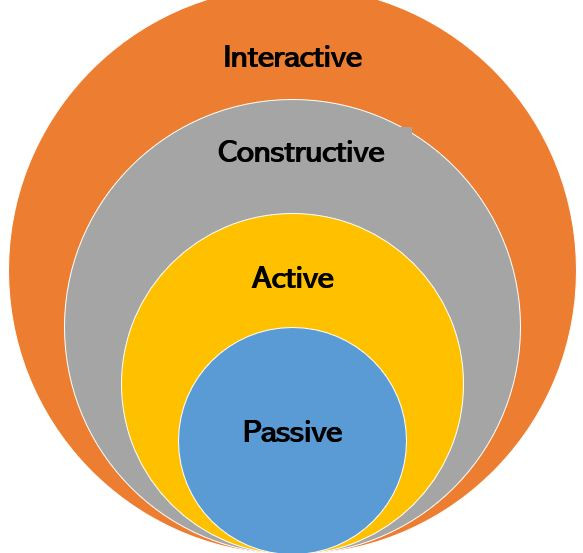




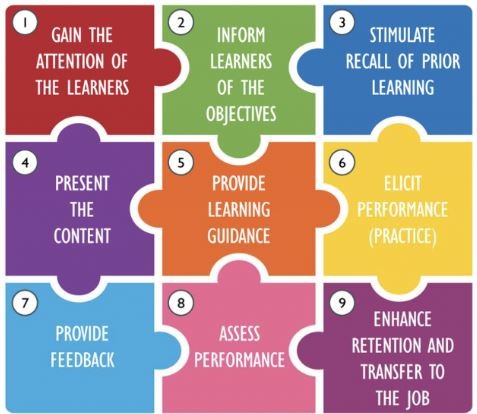

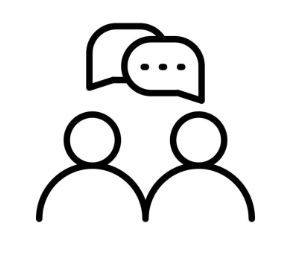

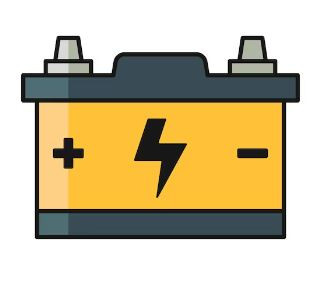

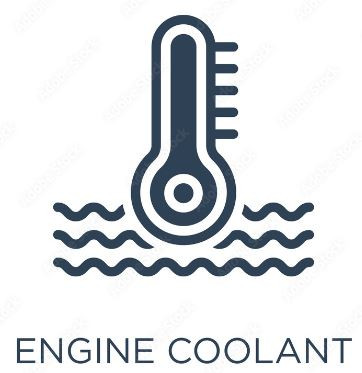
No Comments